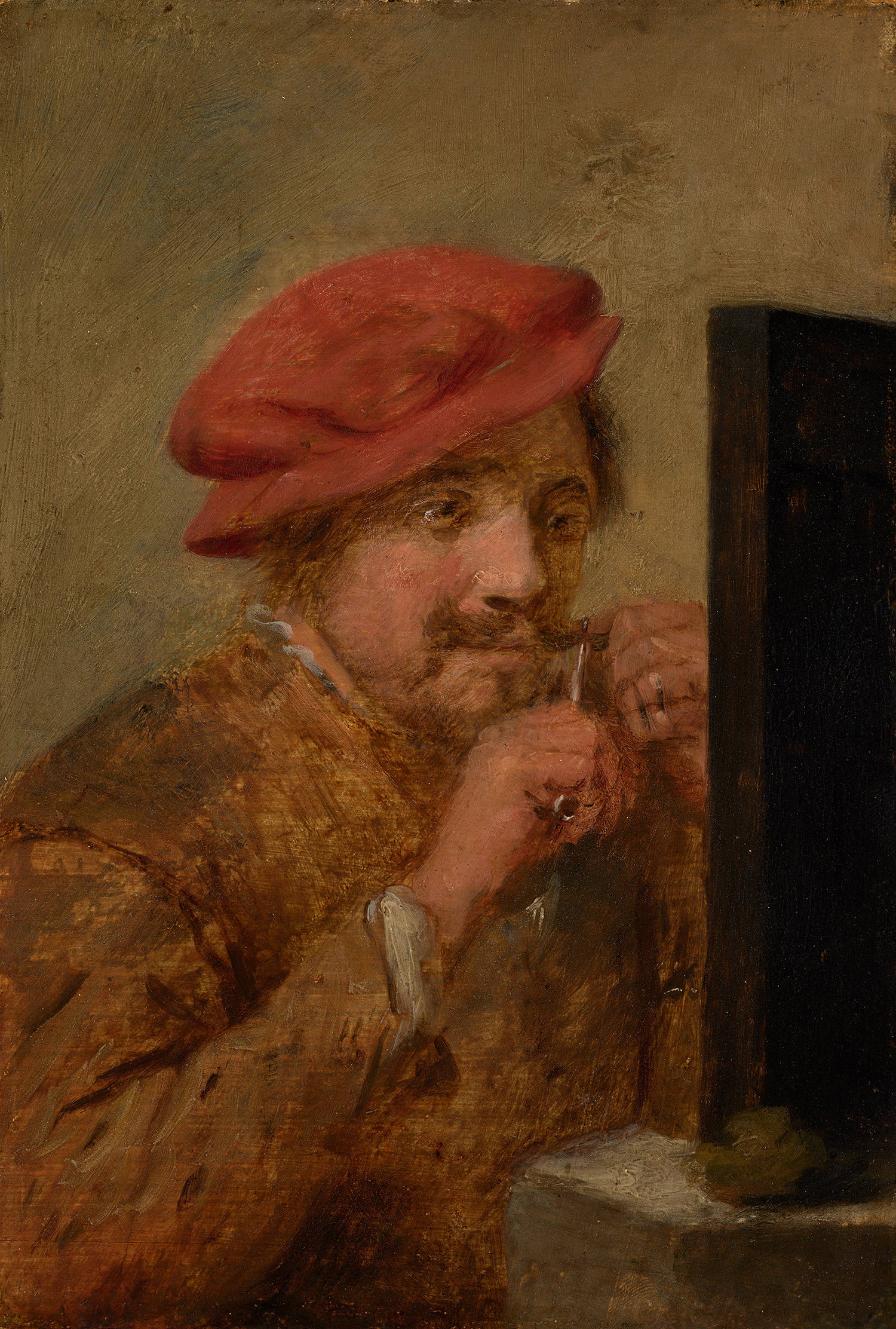
The Mauritshuis has acquired a unique painting by the Flemish artist Adriaen Brouwer. 'De IJdelheid' depicts a man curling his mustache with a pair of scissors. It is a rare representation of the Latin concept of 'Superbia', which means pride or vanity.
The acquisition originally belonged to a series of seven panels, often depicting a rustic figure (a total of six men and one woman) representing one of the seven deadly sins. The series got scattered around 1800, and the whereabouts of five paintings are still unknown. The painting known as 'Luxuria' is also part of the Mauritshuis collection.


